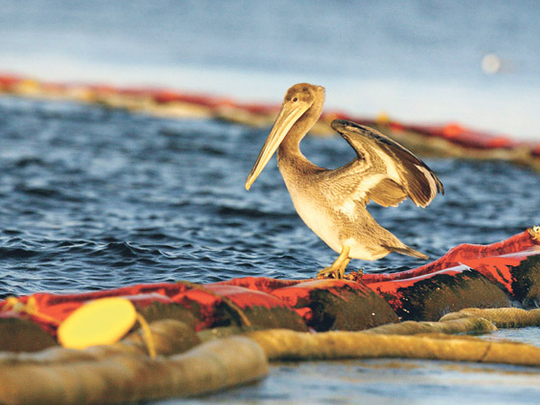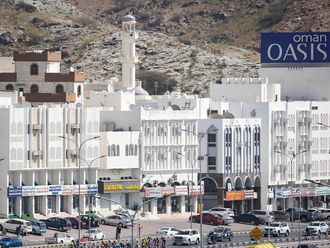
Houston: BP extended for another 24 hours a critical test of its blown-out Gulf of Mexico well that so far has shut off the huge oil leak, the top US official overseeing the spill response said on Saturday.
The British energy giant, which cut off the flow of oil from the deep-sea well on Thursday when it began the test to gauge its structural integrity, expressed growing confidence that the well was intact.
Kent Wells, BP's senior vice-president of exploration and production, said there was no evidence of any leaks. "We're feeling more comfortable that we have integrity" in the well, Wells added, in what would be an important step toward permanently plugging it.
When BP choked off the flow of oil on Thursday using a new, tight-fitting containment cap installed atop the well 1.6 km under the ocean surface, it marked the first time the gusher had stopped since the April 20 offshore rig explosion that killed 11 workers and triggered the disaster.
US government officials say that as soon as the test is completed, BP will reattach pipes to the capping equipment and resume siphoning oil to ships on the surface. Officials have said that virtually all the oil from the ruptured well can be captured that way until it can be permanently plugged with a relief well, as planned, in August.
The massive oil spill has caused an economic and environmental disaster along the US Gulf Coast.
"As we continue to see success in the temporary halt of oil from the leak, the US government and BP have agreed to allow the well integrity test to continue another 24 hours," retired Coast Guard Admiral Thad Allen, the US government's point man on the spill, said in a statement.
Officials are monitoring the pressure in the well, which extends 4 km under the seabed, to judge whether it is structurally sound with no seabed leaks. Allen's statement did not provide pressure readings as of Saturday afternoon.
The ongoing test is intended to show whether the April explosion damaged the piping and cement inside the well, which could allow oil and gas to leak out the sides and seep up through the seabed.
It had been due to last two days and end Saturday. Allen's statement indicates it will continue through yesterday afternoon.
Wells said BP was checking into bubbles coming out of a valve on piping at the very top of the well, which he called "quite normal" and could be nitrogen rather than natural gas leaking from below.
President Barack Obama, whose US public approval ratings slipped as the oil spill crisis dragged on, has welcomed the capping of the well but cautioned that there is much work to be done before a permanent solution is achieved.
Officials have said the only permanent fix is a relief well BP has been drilling to intersect the ruptured well and seal it with mud and cement next month.











